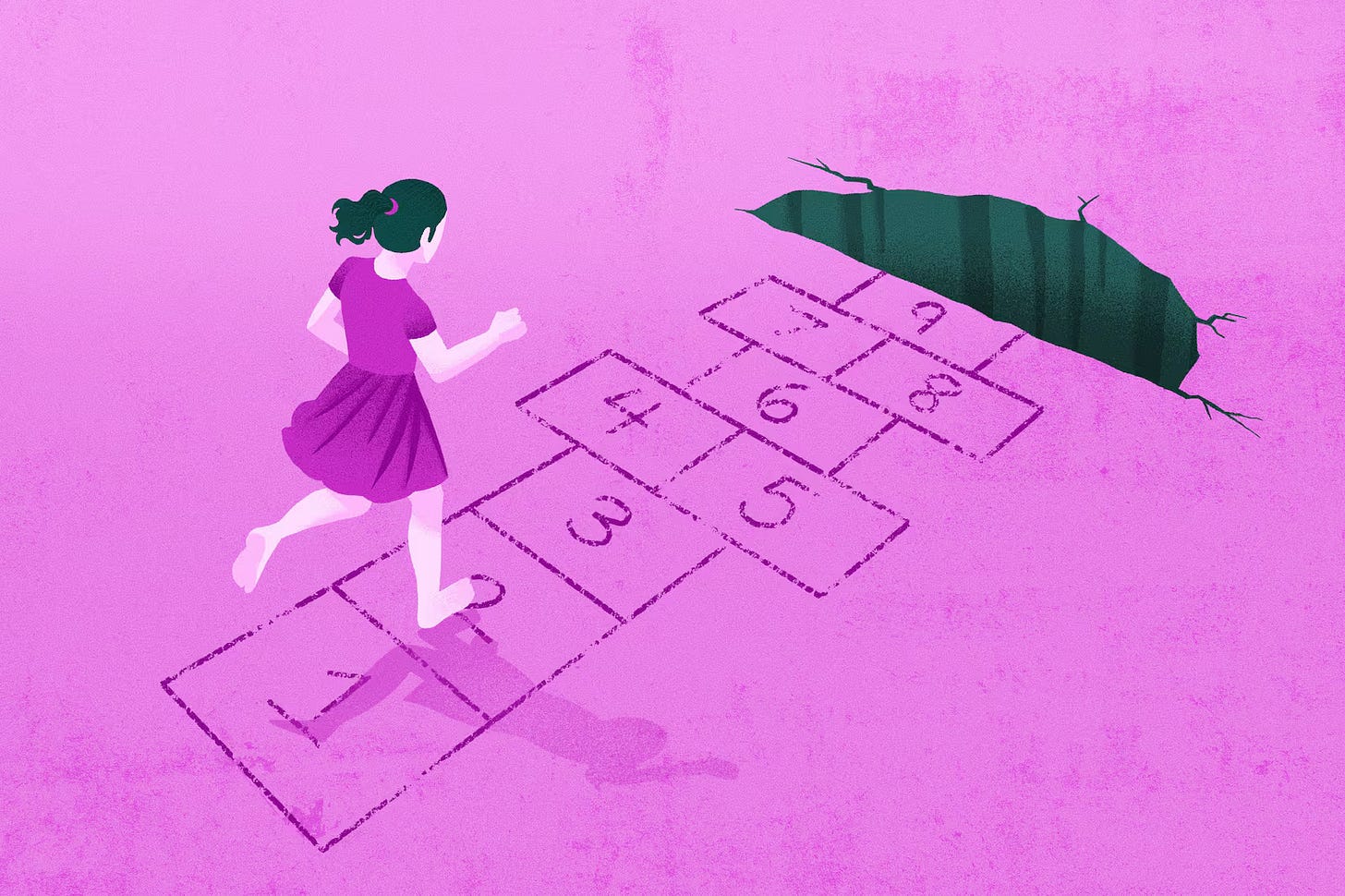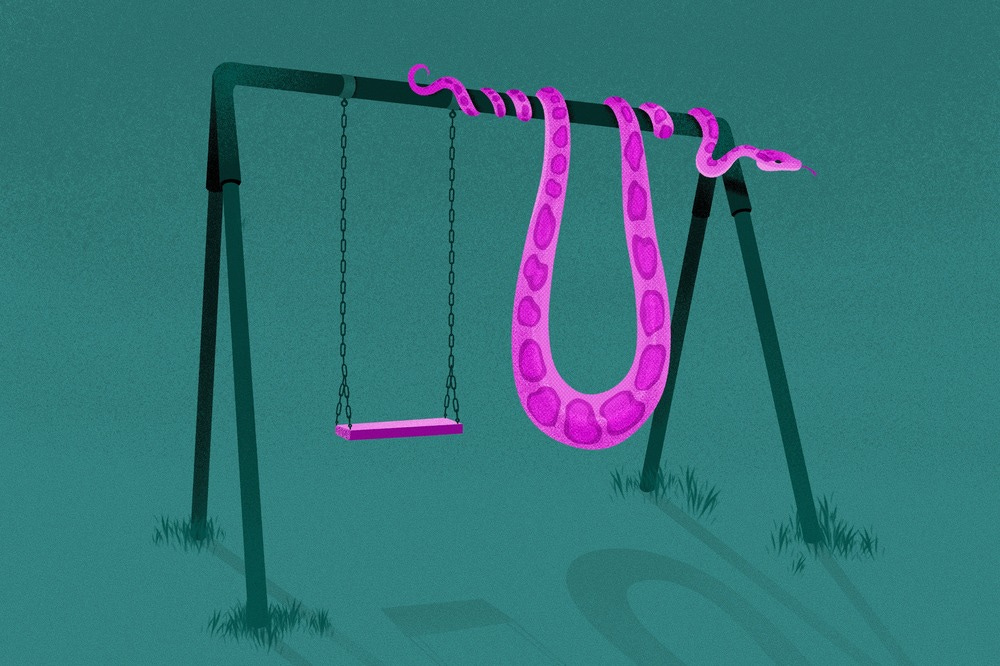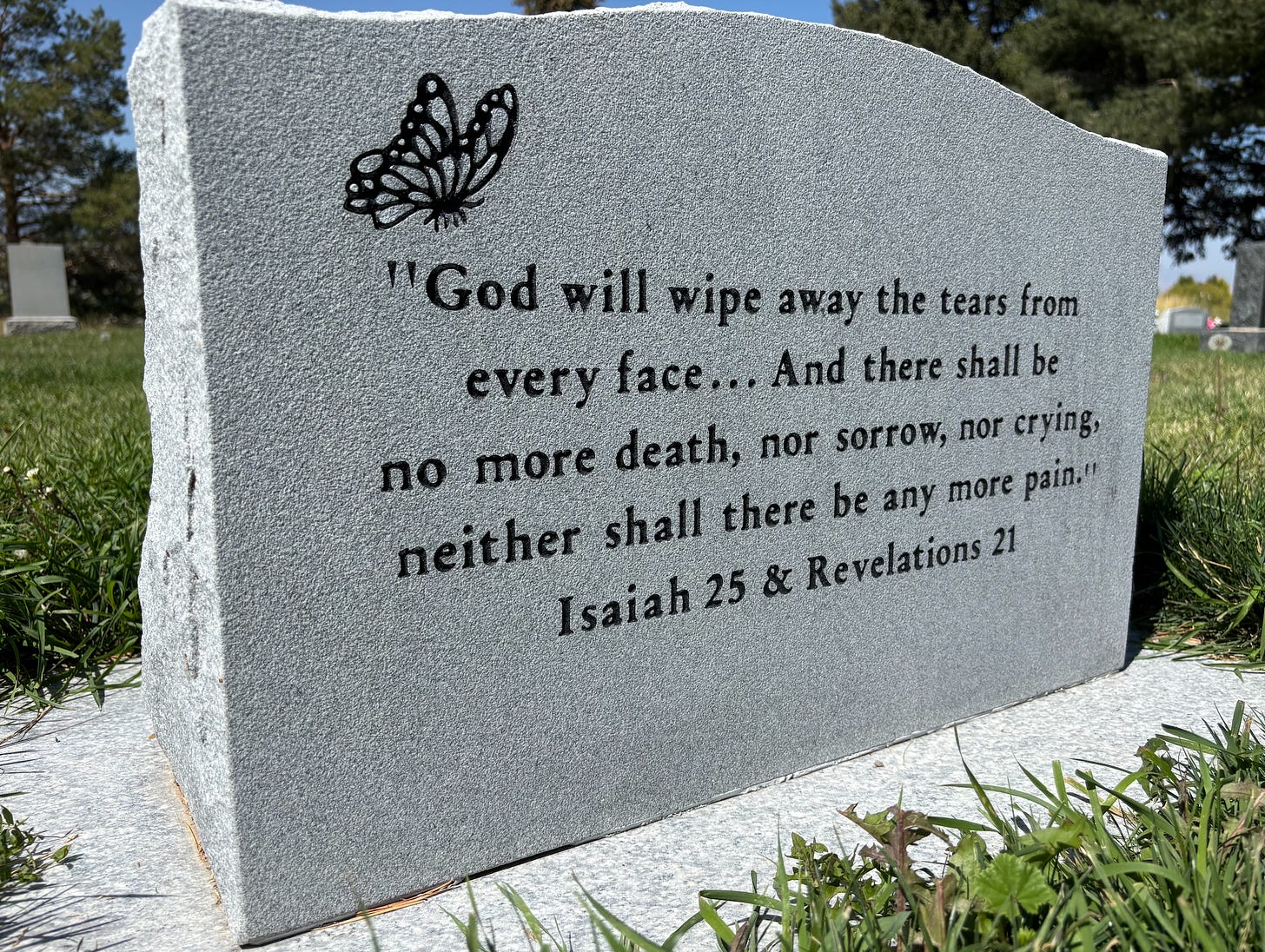What 500 studies tell us about ending the horror of sexual violence around the world
This torturous act against women and children doesn't just happen. It's made more likely by a certain set of circumstances and patterns - and made less likely by another set of patterns.
Photo by Stalin Solis on Unsplash
Back in June, we published at Deseret News two high-level, summary reports from an extensive risk factor review project I started years ago with the support of Public Square Magazine and several wonderful research interns:
What life patterns make sexual violence against women less likely? Themes from 285 studies
What life patterns make sexual violence against children less likely? Themes from 215 studies
Appreciations to Eliza Anderson, Deseret News, for these images that accompanied the summary series.
These reports recapped key environmental and lifestyle patterns that made sexual violence against women and children more (and less) likely. Flowing from each of those vulnerable patterns, we then published a parallel series of articles tracing out concrete implications for preventive action that could be taken to measurably decrease the risk of sexual violence:
10 concrete steps towards eradicating sexual violence against women
10 concrete steps towards eradicating sexual violence against children
Eliza Anderson, Deseret News
Today, I’m publishing here the full reports I’ve been finalizing throughout the summer, bringing together all the studies on which these summary reports were based, with hyperlinked references to them all. Whereas each of these summary reports distilled down 10 overarching themes, the more in-depth reports break it down into more granular detail, reflected in 20 patterns each. Here’s the final sexual violence against women report:
And here’s the final child sexual abuse report:
These two PDFs, totaling 133 pages, represent everything our research team learned over many months of scouring the research literature. If there are any errors identified or additions needed, they will be updated in the months ahead (thank you for alerting me to anything you spot).
Eliza Anderson, Deseret News
So, what do these 500 studies tell us overall?
Sexual violence against children doesn’t arise “ex nihilo,” out of nowhere. This most horrifying of acts is made far more likely from a wide array of lifestyle and environmental conditions. As I summarized in the Deseret News article, “when less educated parents who are no longer married and use alcohol are raising children in a home that struggles to find sufficient material resources, lacks healthy community connections and is absent any higher purpose or meaning, those children are, statistically speaking, measurably more likely to be sexually abused, according to studies across the world.”
The same is true for sexual violence against women, which is also closely connected to the conditions of people’s lives. As stated in our other Deseret News summary, “women who are less educated, divorced, addicted (or with partners addicted to alcohol or pornography) are more likely to experience sexual violence — especially if they experience inadequate financial support, limited healthy community commitments, and a dearth of higher meaning and spiritual purpose in life.” The article added, “It’s equally important to know that men who are less educated, financially struggling, addicted, isolated, emotionally unhealthy, promiscuous and spiritually disengaged, are also more likely to perpetrate sexually on vulnerable women.”
These patterns show up so clearly in the research literature that it’s impossible to ignore its practical importance. If, in fact, there are a wide number of factors making sexual violence more likely, that means there’s an equally large number of things we can do to prevent such violence and better protect women and children. As stated in the child risk-factor article (and elaborated in the concrete steps follow-up piece), “when educated parents who are happily married raise children in a home with adequate financial support, nourishing community connections and a sincere and healthy religious commitment, those children are far less likely to get caught up in drugs and alcohol and are less likely to be victimized sexually.”
Likewise, as summarized in the women’s risk-factor article (and elaborated in the concrete steps follow-up piece), “There’s also protective power in more fully appreciating that women and men who are better off economically, have good educational experiences, and are embedded within both healthy marriages and supportive communities are less vulnerable to sexual violence. This is doubly true if they also avoid substance abuse and habits of risky, casual sexual relations with multiple people, while nourishing a healthy spiritual foundation.”
Eliza Anderson, Deseret News
Note: As I finished this report, I sensed the heaviness of the whole issue, and felt compelled to provide a little more hope before signing off. In this, I share some of the deeper sources of my own motivation and what keeps me going.
When will the horror end?
The horror of sexual violence is so immense it would surely paralyze us emotionally if we truly understood its scope. I believe this is one reason that Latter-day Saint scripture records that even “the God of heaven looked upon the residue of the people, and he wept.”
“How is it that thou canst weep?” asks Enoch repeatedly.
God answers that even after creating his sons and daughters, granting them freedom and teaching them “that they should love one another,” despite all this, his children are “without affection, and they hate their own blood.”
(I believe this also explains why Jesus “groaned within himself” after all the little children were brought to him following the destructions experienced in ancient America. The Lord knew acutely the horror these children had faced in that wicked society, just as he does today, prompting his prayer, “Father, I am troubled because of the wickedness of the people of the house of Israel.”)
Not everyone has been weeping, however. Enoch also beheld Satan, with “a great chain in his hand, and it veiled the whole face of the earth with darkness; and he looked up and laughed, and his angels rejoiced.”
About the last days, the prophet-poet Isaiah wrote, “Darkness shall cover the earth, and gross darkness the people.” Enoch also hears the earth cry from its core, “Wo, wo is me, the mother of men; I am pained, I am weary, because of the wickedness of my children.”
Restoration scripture adds, “the whole world lieth in sin, and groaneth under darkness and under the bondage of sin.” Doesn’t that capture how this world sometimes feels to all of us?
But this is not the end of the story!
A day will come when Isaiah also says the world will “break forth into joy” with the people of a new earth exclaiming “Sing together, ye waste places … for the Father hath comforted his people, he hath redeemed (his people).”
In the same visit to the Nephites, the Lord quoted Isaiah as anticipating the day when people shall say, “The Father hath made bare his holy arm in the eyes of all the nations; and all the ends of the earth shall see the salvation of the Father.”
Together, as a human family, we will respond to collective, prophesied invitation to “Awake, awake again, and put on thy strength, O Zion; put on thy beautiful garments, O Jerusalem … shake thyself from the dust; arise, sit down, O Jerusalem; loose thyself from the bands of thy neck, O captive daughter of Zion.”
This is also the “day of vengeance of our God” that Isaiah spoke of repeatedly, when the Lord will finally “bind up the brokenhearted,” and “proclaim liberty to the captives, and the opening of the prison to them that are bound”….extending “comfort all that mourn” (italics my own here and below.
“To appoint unto them that mourn in Zion, to give unto them beauty for ashes, the oil of joy for mourning, the garment of praise for the spirit of heaviness.”
On that day, we will finally experience what Isaiah and John both witnessed in vision (and we will in reality) - a glimpse more beautiful than anything I know, which is why it’s now on the back of our daughter Emma’s grave:
These are not merely happy fantasies to help religious people ‘cope’ with the actual dreariness of a reality. No, they are glorious glimpses of our future as a human family.
I know it! I bear witness this will come to pass.
Just not yet. But even today, my friends, this is the bedrock source of my hope, my peace and my joy - right now.
Because of this knowledge of what will soon come, what the angel told King Benjamin can apply to us all - namely, that we can “rejoice with exceedingly great joy” right this very moment, “even as though” Christ “had already come among” us.
If you or someone you love has experienced sexual assault of any kind and need additional support in the U.S., contact the National Sexual Assault Hotline (1-800-656-HOPE)- with virtual and text-based options available. This is a confidential networking service in the U.S. helping connect victims with local agencies who can offer therapeutic support across the country. Similar kinds of hotlines exist in many countries around the world.










